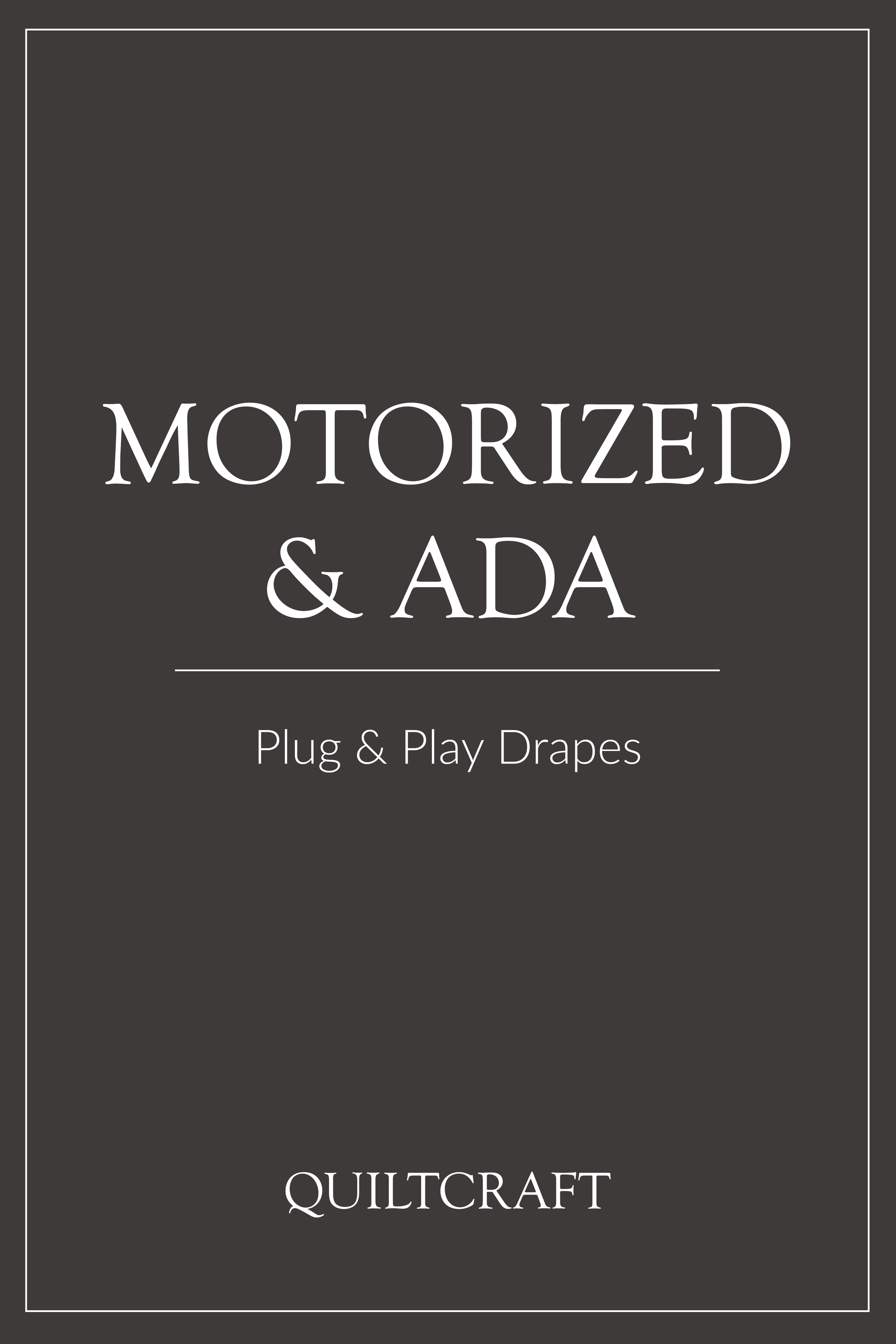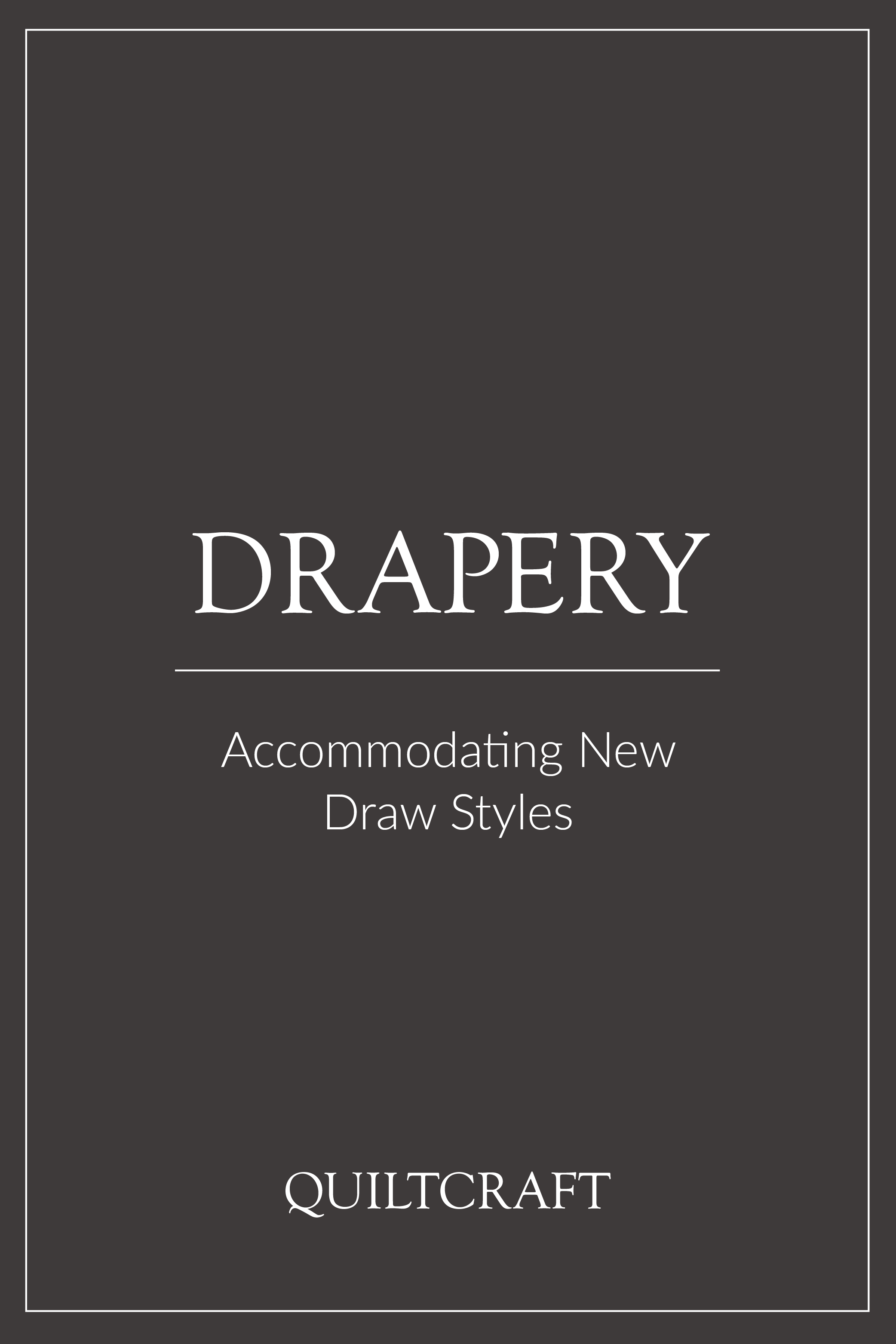What is Drapery Fullness?
Fullness, simply defined, is the ratio of fabric used in a drape to cover a set space. Drapery fullness asks the question, 'if I have 100” of space to cover, do I need 100” of fabric, or 150”, or maybe 200”? What will these changes in the amount of fabric mean for the overall aesthetic? This is the essence of fullness.
Drapery fullness is typically chosen based on the project’s budget,
design and/or the brand’s standards.
Typical fullness is set at a 2 to 1 ratio or 200% fullness. Meaning there is twice as much fabric as the area being covered. Therefore a 100" space would be covered by 200" of fabric. Where does all of that extra fabric go? That is often the most confusing part and changes depending on the pleat style you are working with.
Marriott | Bethesda, MD
Ripplefold Fullness
It’s 'held' in the undulating waves of the drape. As there is no 'literal' pleat to speak of the extra fabric is added within the waves creating both numerically more waves as well as longer or deeper waves.
The below chart shows these waves to scale at 60%, 80%, 100% & 120% fullness on a drape covering a 50" space. Each fullness has a different spacing that needs to be plugged in to figure out the ripples120% = 1 7/8" or 1.875", 100% = 2 1/8" or 2.125", 80% = 2 3/8" or 2.375", 60% = 2 5/8" or 2.625"
As you can see below, the larger the % fullness the more waves. In fact at 60% there are 20 waves , at 80% there are 22 waves, at 100% there are 24 waves, and at 120% there are 27 waves.
For this example we have calculated the exact width of fabric needed to complete each drape.
60% fullness, 50" space = 80.75"
80% fullness, 50" space = 97.75
100% fullness, 50" space = 106.25"
120% fullness, 50" space = 114.75"
It is basically a 3 step process. 1.Pick a fullness 2.Figure out the number of ripples (divide by fullness spacing) 3.Multiply by spacing on tape (4.25). Below is how we came up with the numbers above:
Rod = 50"
Fullness = 120% (1.875)
50 divided by 1.875 = 26.66 (27 spaces rounded up)
27 x 4.25 = 114.75 hem (remember the spacing on the snap tape = 4.25 and that never changes)
Helpful Tip
Check out our blog post How Much Fabric Will I Need For My Drapes? to help figure out the formulas
Pinch Pleat Fullness
Pinch Pleat (also called French Pleat) fullness is visibly seen by the amount of fabric gathered into each pleat.
As you can see in the image below, the overall width of fabric needed is literally 'pinched' together to make pleats. As the fullness grows the amount of fabric used to create each and every pleat grows as well.
Pinch Pleat fullness is referred to as a percentage that directly relates to a ratio. Such as in the below example where 200% fullness equals an integer of 2. Therefore when the RW (rod width) of 50" is multiplied by 2 the needed fabric width equals 100".
Let’s Compare!
A Few Notes…
Ripplefold fullness is dependent upon ripplefold hardware, therefore only 4 options are available.
Pinch Pleat is not dependent upon hardware. Therefore any fullness can technically be made although the smallest fullness still considered ‘Pinch’ pleat is 180%.
We hope this helps in giving a simplified understanding of fullness. We've also now posted a blog titled 'Fullness in Pictures' that allows you to see the differences in pictures between all of the different fullness levels.
We also have a 'Fullness Resource Card' that you can download for easy access at any time you want.
Explore More Drapery Related Resources






















